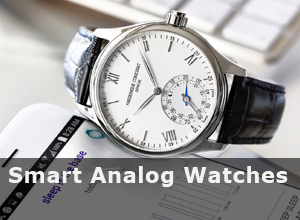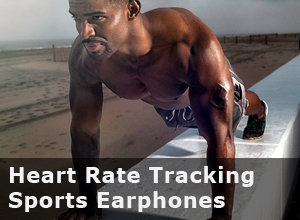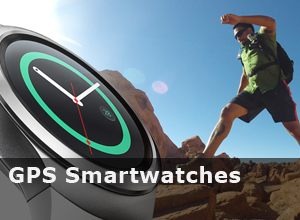It might seem that wearable tech has only been around for a few years. As new technologies come forward, you can be sure that the wearables market will become even more exciting in the future.
But, the truth is that wearable tech has been with us for a while now..
Since the beginning of civilization, humans have been busy altering or augmenting their bodies. Only recently, however, have we started to wear things that are more than decorative trinkets and can actually help us in our daily lives.
Here’s a short history of wearable technology which shows that wearables aren’t anything new and have in fact been with us for far longer than most people realize.
The first wristwatch

During the 19th century, pocket watches became popular, then gradually reduced in size, although they still required two hands to use. Just like many other technological innovations, the wristwatch was actually developed for military use before becoming available to regular consumers.
Not many people know that the wristwatch was in fact first put to good use by a German officer who needed a replacement for pocket watches that weren’t exactly suitable for battlefields. Although, French mathematician, Blaise Pascal, had apparently strapped a timepiece to his wrist a few hundred years earlier in the mid 17th century using a piece of string, and even earlier in 1571, Queen Elizabeth I received an “arm watch” as a gift from Robert Dudley, the Earl of Leicester.
Wearable camera in the early 1900?

Credit: Petapixel
You’d be surprised, but something like the first GoPro style camera was invented in 1907. German inventor, Julius Neubronner, developed a tiny camera that was lightweight but lacked the capability to shoot movies. However, it included a timer mechanism so it could capture still images. The camera wasn’t worn by sports enthusiasts, but it was strapped to homing pigeons and used to take aerial photographs.
The beginning of wearable computers

In 1961, a couple of smart mathematicians decided to create a device that would help them cheat at roulette. Edward O. Thorpe and Claude Shannon were able to hide inside their shoe a timing device that would accurately predict where the ball would land on the roulette table. The number would be communicated through radio waves to the gambler with an amazing success rate, apparently guaranteeing a 44% boost in winning. As expected, the state of Nevada soon passed a law that prohibited the use of such devices.
Pulsar Calculator Watch

Credit: Oldpulsars.com
The 1970s witnessed the appearance of the first wearable calculator watch. The amazing computer-calculator-wristwatch was first shown at the 1977 International Watch and Jewelry Trade Fair in London and instantly caught everyone’s attention.
EyeTap – the precursor of Google Glass

Eyetap.-wearable-tech-has-been-around-for-ages
Thanks to the production of the microchip in the 1980s, engineers were able to create computers that were smaller and lighter than ever before. One of the researchers and inventors active in the field, Steve Mann, developed his EyeTap project at that time, and wanted to develop a device that would record what the users saw through their right eye, at the same time allowing the user to see through that eye. Even if it was clunky and rather unsubtle, the device with an amazing take on an idea that is familiar to us today and over the years took to the shape of Google Glass.
Wearable dreams in the 1900s

Credit: Research.asu.edu
It wasn’t until the mid-1990s that the term wearable was used together with portable computers for the very first time. In 1996, the Defense Advanced Research Project Agency (DARPA) hosted a workshop entitled “Wearables in 2005”. Among DARPA’s predictions were body mounted cameras, brooches that could react to emotions, or computerized gloves that could read RFID tags. However, in the late 1990s and early 2000’s, most engineers forgot about the wearables as the market was swept away by mobile phones.
What about digital hearing aids?

Wearable computers were not only the domain of the military. Digital hearing aids were invented in 1987 and unlike their previous versions, these small computers could be programmed to match the user’s lifestyle and needs. They could be adjusted for different environments – for instance, loud restaurants or places with high level of background noise.
The Garmin Forerunner and other sports watches

2003 saw the introduction of the very first performance tracking sports watch, the Garmin Forerunner 205. Nike+iPod Fitness Tracking Device came along in 2006, and Jawbone and Fitbit devices followed suit around 10 years later. The collaboration between Apple and Nike created a fitness tracking device that allowed consumers to use their existing technology in order to keep fit by connecting two devices.
Smart watches

What about smart watches? The first smart watch was released in 2012. It was called Pebble, even if some consumers believe that the Apple Watch (introduced in 2014) was actually the first smartwatch on the market. Pebble’s amazingly successful Kickstarter campaign in 2012 raised $10.2 million, becoming the most successful campaign to date and clearly pointing to a new consumer interest.
As you can see, wearable technologies have been with us for a while now, and industry experts predict that wearables are on their way to dominating the tech landscape in the near future.
Top Image Credit: ClarkandCompany Vetta Getty Images





































Leave A Comment